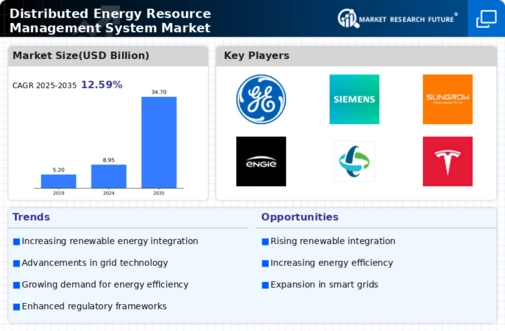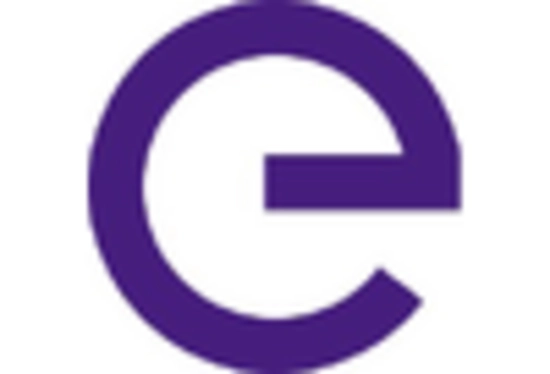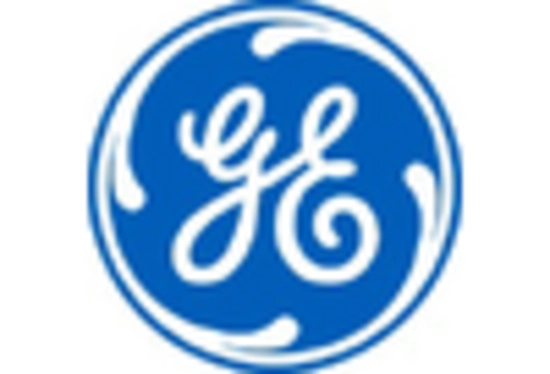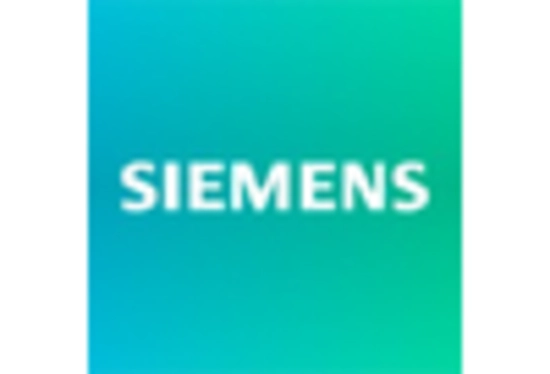Market Analysis
In-depth Analysis of Distributed Energy Resource Management System Market Industry Landscape
The Distributed Energy Resource Management System (DERMS) market is experiencing significant growth and evolving market dynamics as the global energy landscape undergoes a transformative shift towards more decentralized and sustainable sources. DERMS play a pivotal role in efficiently managing and optimizing the integration of distributed energy resources, such as solar panels, wind turbines, and energy storage systems, into the existing power grid.
One of the key driving forces behind the market dynamics of DERMS is the increasing adoption of renewable energy sources. As governments and businesses worldwide strive to reduce carbon emissions and transition towards cleaner energy alternatives, the demand for DERMS solutions has surged. These systems enable seamless integration of intermittent renewable sources into the grid, addressing the challenges of variability and ensuring a reliable power supply.
Moreover, the rise of smart grids and advancements in technology contribute to the dynamic growth of the DERMS market. Smart grids enable real-time communication and data exchange between utilities, consumers, and distributed energy resources. DERMS leverage this connectivity to monitor, control, and optimize the performance of distributed energy assets, enhancing grid reliability and efficiency. The integration of advanced technologies such as artificial intelligence and machine learning further enhances the predictive capabilities of DERMS, enabling proactive decision-making and better resource allocation.
Market dynamics are also influenced by regulatory frameworks and incentives that promote the deployment of DERMS. Governments and regulatory bodies worldwide are recognizing the importance of DERMS in achieving energy sustainability goals. Subsidies, tax credits, and favorable policies incentivize businesses and utilities to invest in DERMS solutions, fostering market growth. Additionally, evolving grid regulations and standards drive the adoption of DERMS to ensure compliance and enhance grid resilience in the face of changing energy landscapes.
The increasing awareness and demand for energy resilience and reliability further propel the DERMS market forward. As climate-related events and natural disasters become more frequent, there is a growing emphasis on building resilient energy infrastructures. DERMS enable a more robust and flexible grid by facilitating the effective integration of distributed energy resources, reducing the impact of disruptions and enhancing overall grid resilience.
Market dynamics are also shaped by the growing trend of consumer empowerment in the energy sector. The rise of prosumers – consumers who both consume and produce energy – is driving the need for decentralized energy management solutions. DERMS empower prosumers to actively participate in the energy market, manage their energy generation and consumption, and contribute to grid stability. This shift towards a more democratized energy system contributes to the dynamic and evolving nature of the DERMS market.
The market dynamics of the Distributed Energy Resource Management System market are shaped by a confluence of factors, including the increasing adoption of renewable energy, advancements in technology, regulatory support, the need for energy resilience, and the empowerment of energy consumers. As the world continues to transition towards a more sustainable and decentralized energy future, the DERMS market is expected to witness continued growth and innovation, playing a crucial role in shaping the future of the energy landscape.

















Leave a Comment